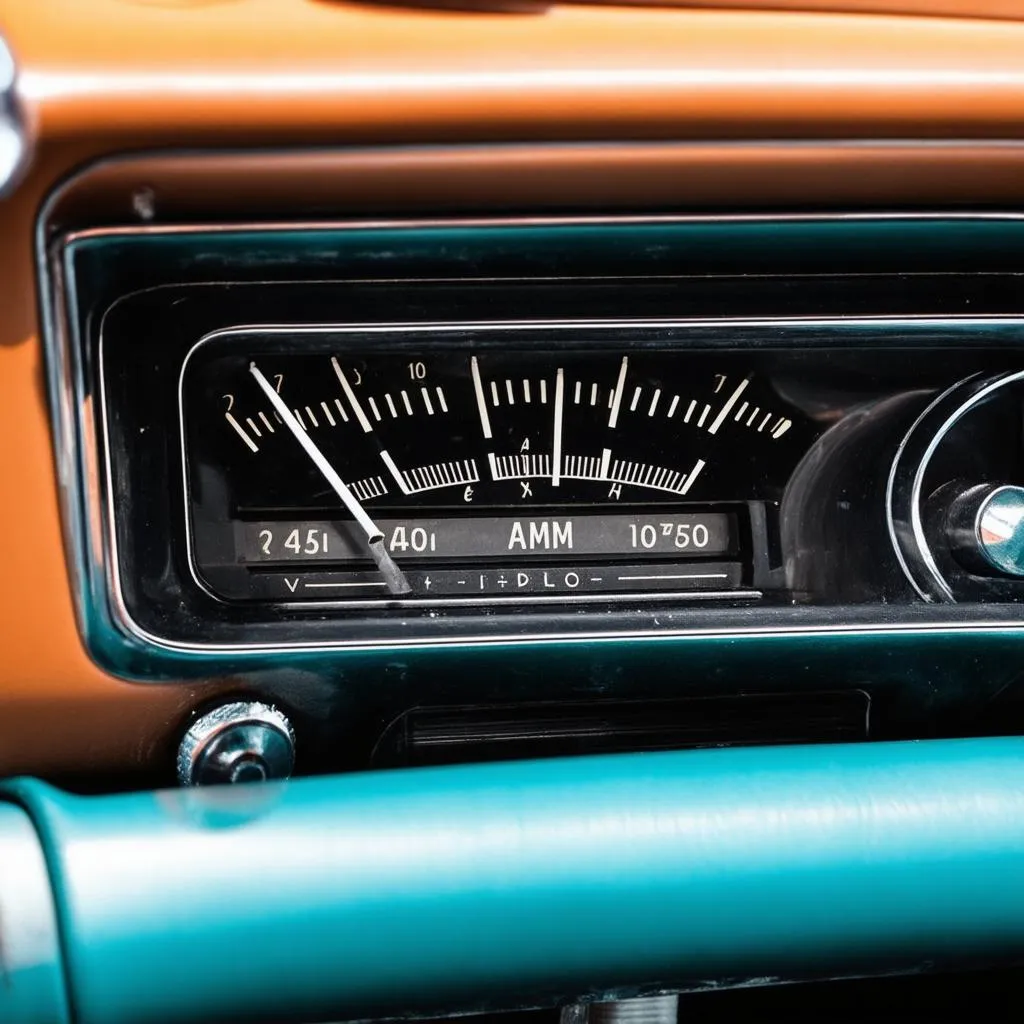Remember those late-night drives, the open road stretching ahead, and the comforting crackle of the AM radio filling the car? It felt like those signals could travel forever, connecting us to stories and songs from distant towns. But how far can AM radio actually reach? Let’s dive into the fascinating world of radio waves and uncover the factors that influence their journey.
Unpacking the Science Behind AM Radio Waves
AM stands for Amplitude Modulation, a technique used to transmit sound on radio waves. These waves are a type of electromagnetic radiation, just like light and X-rays, but with much longer wavelengths. And these wavelengths play a crucial role in determining how far AM radio can travel.
The Role of Frequency and Wavelength
AM radio operates within the Medium Frequency (MF) band, typically between 530 kHz and 1710 kHz. This range translates to wavelengths ranging from approximately 180 to 566 meters. Now, here’s the fascinating part: these longer wavelengths give AM radio signals an edge when it comes to overcoming obstacles.
Imagine driving through a valley with mountains on either side. FM radio signals, with their shorter wavelengths, might struggle to reach your car. However, AM signals can diffract, or bend, around those mountains, ensuring you don’t miss a beat of your favorite tunes.
Factors Influencing AM Radio’s Reach
While AM radio signals have the potential to travel vast distances, their reach is influenced by a combination of factors:
- Atmospheric Conditions: The ionosphere, an electrically charged layer in the Earth’s atmosphere, plays a significant role in reflecting AM radio waves back to Earth. This reflection allows for long-distance transmission, especially at night when the ionosphere is less dense.
- Transmitter Power: Just like a brighter light bulb illuminates a larger area, a more powerful AM transmitter can broadcast signals over a wider radius.
- Antenna Height and Orientation: A taller transmitting antenna can send signals further. Additionally, the orientation of both the transmitting and receiving antennas can impact signal strength.
- Interference: Man-made and natural sources of electromagnetic interference can disrupt AM radio signals, limiting their range.
A Journey Across State Lines: A Real-Life Example
Imagine yourself embarking on a road trip from the bustling streets of New York City to the historic city of Boston. As you leave the urban landscape behind, you tune into an AM radio station broadcasting from the Big Apple. With the right atmospheric conditions and a clear signal, you might be surprised to find that you can still listen to that same station as you cruise along the Massachusetts Turnpike, hundreds of miles away from its source!
 AM Radio Waves Traveling
AM Radio Waves Traveling
AM Radio: More Than Just a Blast from the Past
While digital streaming services have become increasingly popular, AM radio continues to hold its own, especially in areas with limited internet access or during emergencies. Its ability to travel long distances, even in challenging conditions, makes it a reliable source of information and entertainment.
Planning a Road Trip? Pack an AM Radio!
Before you set off on your next adventure, consider packing a portable AM radio. You might be surprised by the hidden gems you discover on the airwaves – local radio stations broadcasting unique stories and regional music, connecting you to the heart of the places you visit. And who knows, you might even pick up a signal from a distant city, reminding you of the incredible power of radio waves.
FAQs About AM Radio’s Reach
Q: How far can an AM radio signal travel at night?
A: During the nighttime, AM radio signals can travel hundreds or even thousands of miles, thanks to the reflective properties of the ionosphere.
Q: Does weather affect AM radio reception?
A: Yes, thunderstorms and other atmospheric disturbances can create interference and impact AM radio reception.
Q: Can I improve my AM radio reception?
A: Absolutely! Using a proper antenna, finding a location with minimal interference, and ensuring your radio is properly grounded can enhance reception.
 Vintage Car Radio
Vintage Car Radio
Exploring the World of Travel with TravelCar.edu.vn
For more fascinating insights into the world of travel, visit TravelCar.edu.vn. From the science behind long-distance travel to practical tips for planning your next adventure, we’ve got you covered.
- Discover the secrets of “a transverse traveling electromagnetic plane wave with wavelength” and how it shapes our understanding of the universe. (Link: https://travelcar.edu.vn/a-transverse-traveling-electromagnetic-plane-wave-with-wavelength/)
- Unravel the mysteries of tsunamis and learn “how far inland can tsunamis travel.” (Link: https://travelcar.edu.vn/how-far-inland-can-tsunamis-travel/)
TRAVELCAR.edu.vn – your ultimate guide to exploring the world, near and far.

